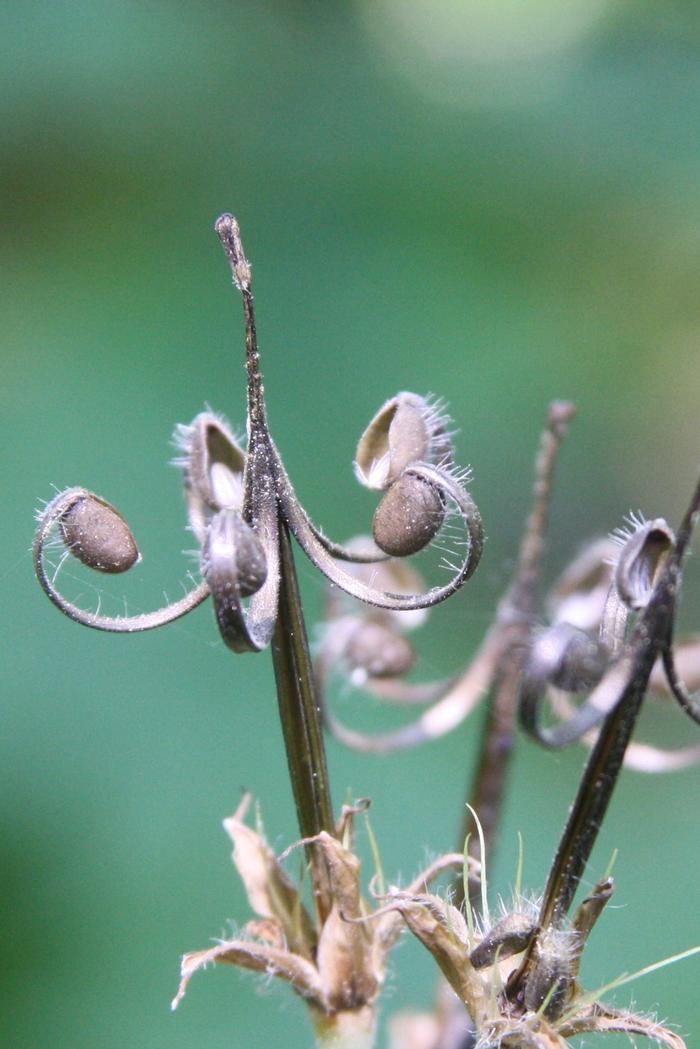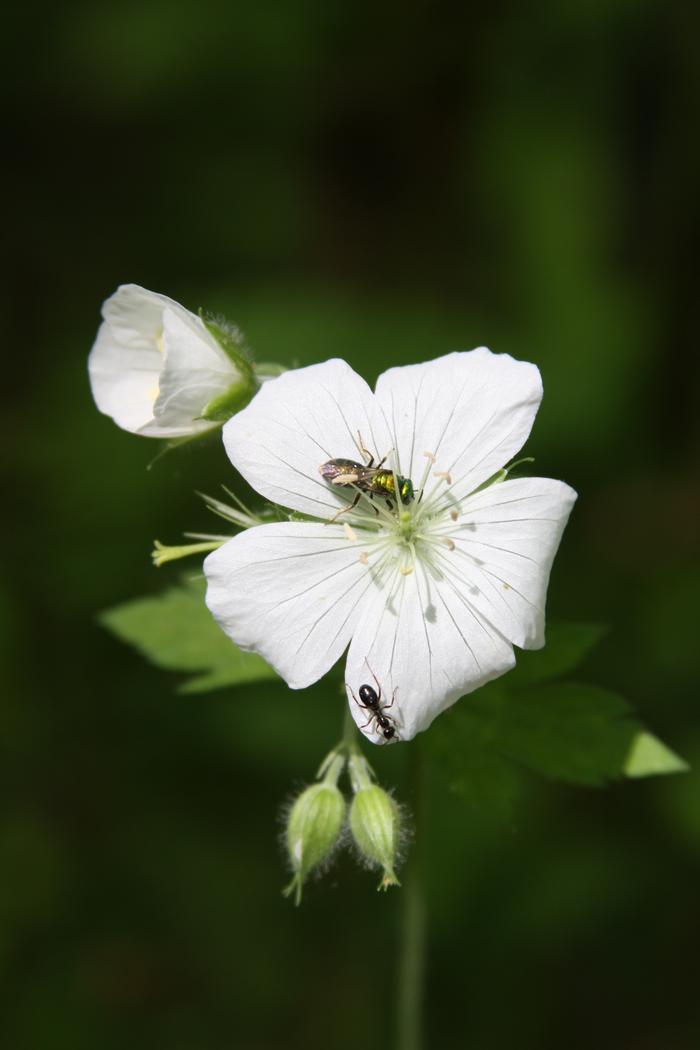General Description
Bloom Description: Attractive purple to white flowers in clusters of 2-5. The flowers are upturned so the yellow stamens are on display. G. maculatum blooms primarily in the spring, but has the capability to bloom multiple times a year depending on conditions.
Growth Habit & Shape: Grows in dense clumps and will spread by rhizome or seed. The plant will flower more in sunnier conditions.
Soil Preferences: Geranium maculatum likes moist, well-drained, and acidic soils. They can also tolerate clay loam, sandy clay loam, and sandy loam soils.
Root Description: Medium-size rhizome with a slight orange hue.
Garden Uses: The attractive palmate foliage can be used as a groundcover if planted in clumps. A great plant for woodland gardens, rain gardens, borders, and moist pond-edge gardens.
Best Management & Maintenance: Do not cut back to display unique seed heads. Easy to transplant in the fall by digging up rhizomes.
Common Problems: The foliage may fade if the soil becomes too dry, especially once they are done flowering. Can have feeding damage from aphids and slugs and may have rust and leaf spot. However, these concerns are rarely a significant problem.
Benefits
Ornamental Value: Foliage can turn red in the fall and curled stamens provide visual interest after flowering.
Wildlife Benefits: Larval host plant for the leaf mining moth (Parectopa geraniella) and white-marked tussock moth (Orgyia leucostigma). It is an important food source for a specialist mining bee, the cranesbill miner (Andrena distans). Other insects that use G. maculatum as a nectar and pollen source include Ceratina spp., Lasioglossum spp., Osmia lignaria, Nomada spp., Pipiza spp., Myopa spp., and the fruitworm beetle (Byturus unicolor).
Other Practical/Environmental Benefits:
Use in place of: Geranium and phlox cultivars
Ecology
Habitat:
Typical habitat is in rich forest, fields, meadows, and thickets.
Response to Disturbance: Establishes easily in sunny cultivated environments. However, seems to struggle in disturbed areas as it is not the best colonizer.
Native State Distributions:
Canada: MB, ON, QC
USA: AL, AR, CT, DC, DE, FL, GA, IA, IL, IN, KS, KY, LA, MA, MD, ME, MI, MN, MO, MS, NC, ND, NE, NH, NJ, NY, OH, OK, PA, RI, SC, SD, TN, VA, VT, WI, WV
Wetland indicator status: FACU
Companion Plants:
Eastern redbud (Cercis canadensis), bloodroot (Sanguinaria canadensis), cohosh (Actaea spp.), christmas fern (Polystichum acrostichoides), red oak (Quercus rubra),
References
Return to Top




